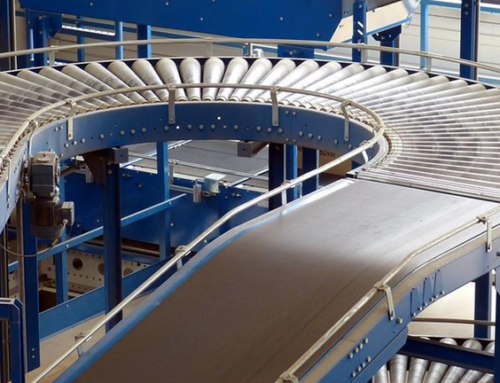Technological advancements have made it possible for the human race to progress in different sectors, and one of those progressions is what is called industrial revolution 4.0. Also known as IR 4.0, it is an advancement of other revolutions that have been there before in the manufacturing sector. The revolution is meant to take what is left of the third revolution to make it better. It uses a combination of other areas of technology, such as the internet of things, artificial intelligence, machine learning, and data visibility to work. Industrial Revolution 4.0 can, therefore, be defined as an industry that is “smart” and, as such, has a less human error with more production efficiency.
IR 4.0 benefits
Industries such as manufacturing, warehousing, agricultural, E-commerce, and many others all stand to gain from the industrial revolution 4.0 in the following ways.
Reduced human error
Conventional production systems usually have a high chance of a human error being committed, whether in the warehousing or manufacturing sector. IR4.0 is here to eliminate such errors without slowing the production rate. The industrial revolution works with a connection of smart systems that ensure that all the aspects of production are precise, thus ensuring that everything comes out like it’s supposed to. The implementation of real time data delivered right to your hand held device also means that any discrepancy can be spotted and corrected right on the spot.
Reduced injuries
In factories that rely on human power to assemble products, injuries are prone to happen. Industrial Revolution 4.0 ensures that such injuries don’t occur through automation like robotics.
More efficiency
Whether it is in agricultural production or e-commerce, industrial revolution 4.0 ensures that production remains efficient. The system will still provide human management, but the incorporation of the internet of things, automation, and “cyber-physical systems” makes it easier to manage the factories.
Remote control
Machines can be operated remotely without the need of an operator on site. Data can be viewed and analysed on the fly. All these are made possible with smart switches, internet of things, cloud computing, sensing devices, etc.
History of previous revolutions
The first industrial revolution was about the mechanization of the manufacturing industries by using steam water and power. The second industrial revolution gave rise to more assembly lines and mass production using electricity. The third IR led to more processes and efficiency in manufacturing, thanks to automation. The fourth is now meant to take over from the third and continue with manufacturing efficiency and production.
The fact that the third industrial revolution used automated systems and computers has made it easier for IR 4.0 to progress. This fourth revolution will connect different systems and use machine learning to create advancements that run without humans are an integral part.
Examples of IR 4.0 applications
Robots

Robotic automation
Although their expensive nature made them only viable to significant enterprises that could afford them, robots are now more affordable, thus available for smaller businesses as well. They can be used in a wide range of applications ranging from transportation to production.
3D printing

3D Printer making a plastic bowl.
Additive manufacturing is no longer being used in prototyping only. It is now being adopted in the actual production, where it continues to open a lot of production opportunities.
Logistics and supply chains

Augmented reality assistance in warehouse inventory
Optimizing logistics and supply chains allows the management to discover any hiccups with supply lines and delivery and adjust their time frames in real-time. Goods are stored strategically in the warehouse in an automated process whereby high turnover products are always placed at the foremost front of the racks. The system decides on what’s the best course.
AGVs

Machines talking to each other
Autonomous Guided Vehicles and equipment like robots are high in distribution centers because of the way they “streamline operations.” Data is constantly fed to and from these robots to seamlessly send packages to their respective distribution channel. There’re also AGVs that automatically navigate the warehouse and transport pellets for storage or outbound distribution.
Conclusion
Connected machines can collect more data that can be used to enhance maintenance and performance. They can also analyze data quickly and find patterns that humans wouldn’t as fast. If you feel you have an area that requires upgrade, we at AMC can help you achieve your goals and vision. Contact us and we’ll be more than happy to help you out.



